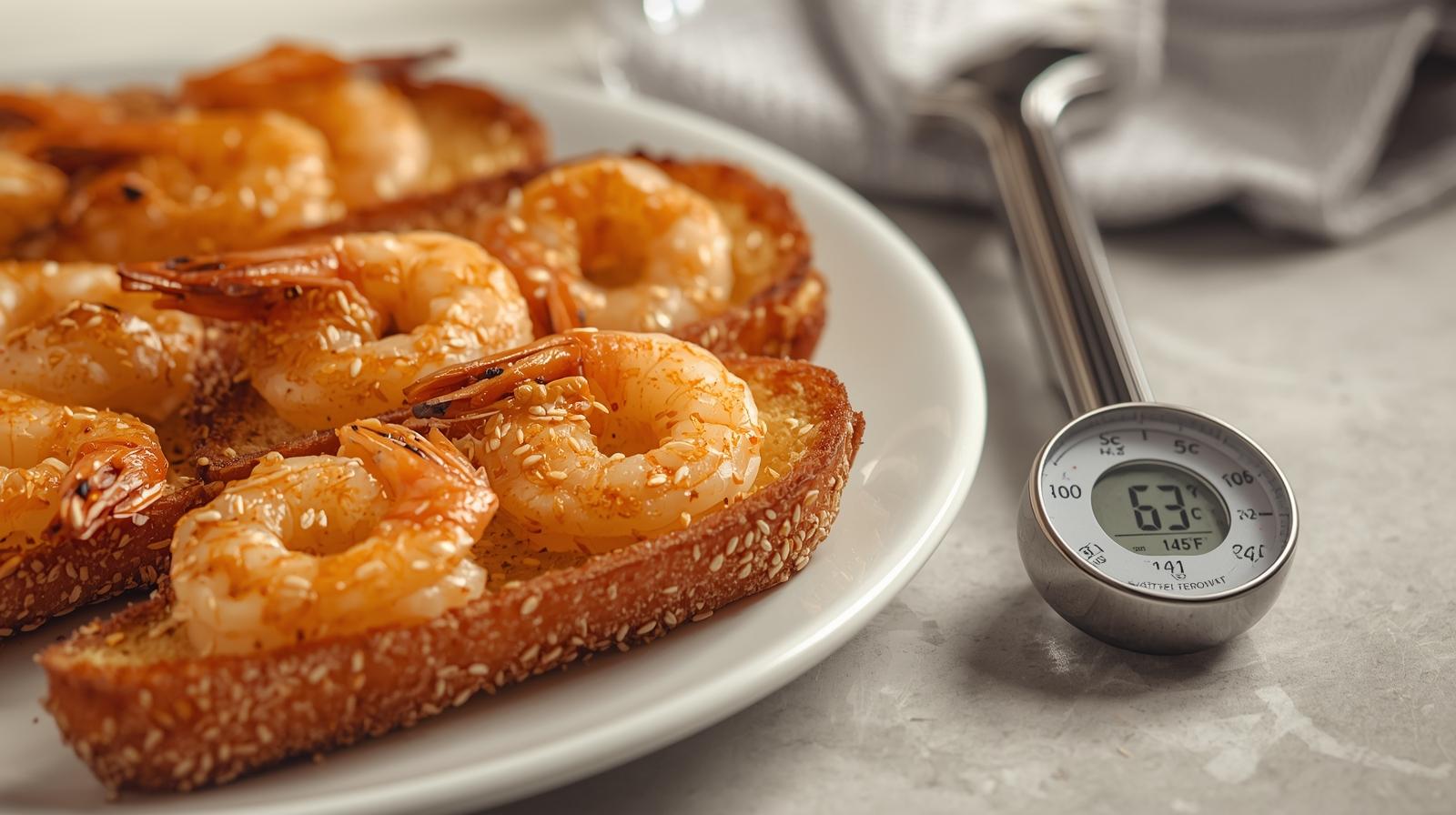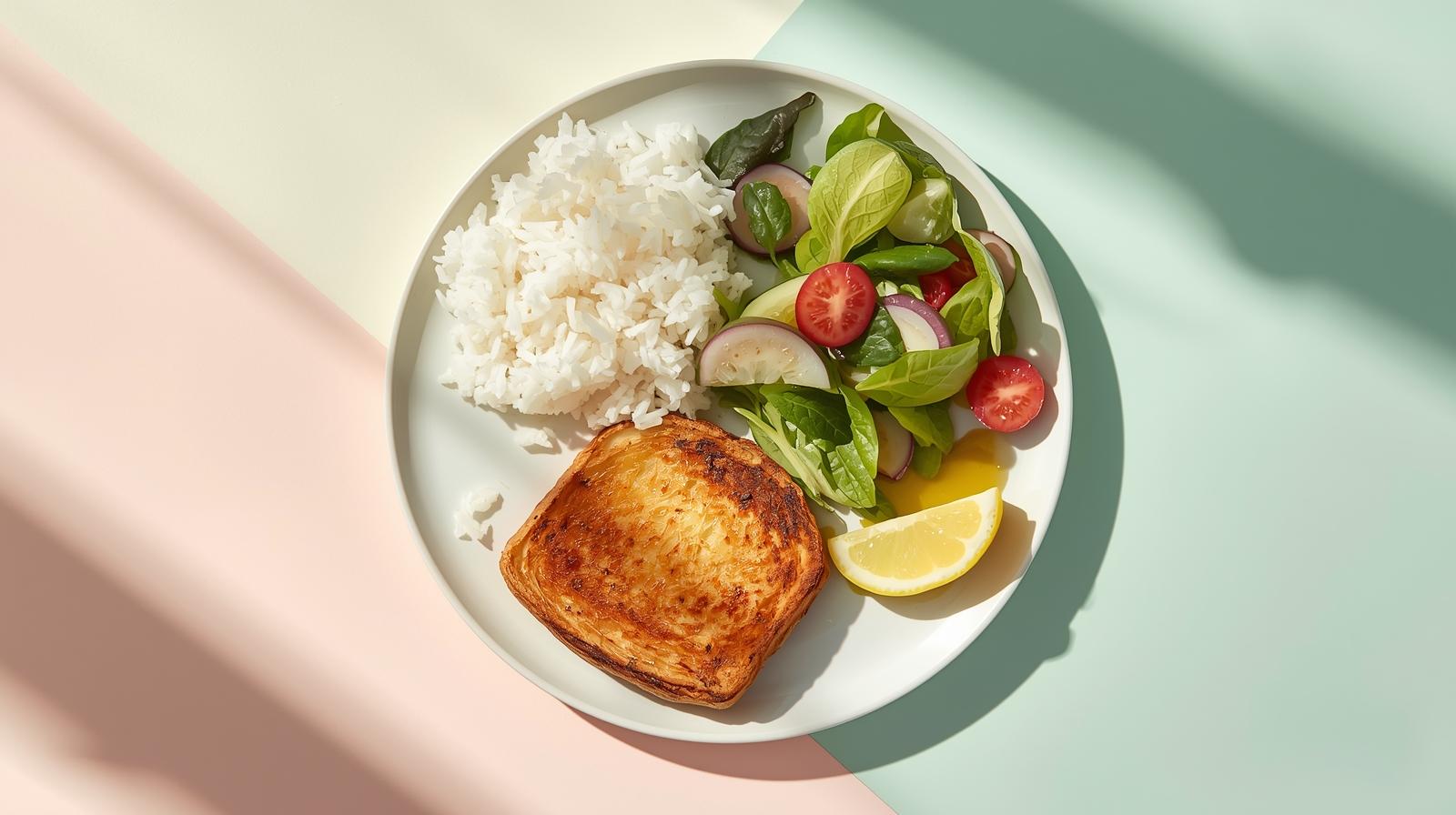
Prawn Toast in Pregnancy — The Straight Talk
Crisp, savory, and sesame-speckled, prawn toast is a beloved appetizer across Chinese-influenced and pan-Asian menus. In pregnancy, it sits at the intersection of seafood safety, frying hygiene, and leftovers management. The good news: you can say yes—with smart guardrails. Cook the prawn paste fully (no translucence), serve the toast hot, and keep the kitchen (or vendor) aligned with the WHO “Five Keys” (clean, separate, cook thoroughly, safe temperatures, safe water/ingredients). Count the prawns within your weekly low-mercury seafood servings. [1] [2] [3]
In this global guide
- Prawn toast 101 — what’s in the bite
- Key pregnancy risks: raw shellfish, listeria, and oil-dense reheats
- Doneness cues & safe internal temperatures
- Hot holding & leftovers (2-hour rule)
- Mercury & portions — shrimp as a “Best Choice”
- Home-cooking playbook (pregnancy-smart)
- Ordering out — red flags & safe service
- Pregnancy FAQ — Prawn Toast
Prawn Toast 101 — What’s in the Bite
Classic prawn toast is made by spreading a paste of raw minced prawns (often with scallion/ginger/garlic, soy, sesame oil, and sometimes egg or starch) onto bread triangles and frying (deep- or shallow-) until the bread is crisp and the prawn layer cooks through. Some versions are sesame-crusted; others are air-fried. While the bread provides crunch, the food-safety hinge is the raw shellfish—it must be cooked thoroughly and kept separate from ready-to-eat items until it’s steaming hot and served. [1] [2]

Why Prawn Toast Needs Extra Care in Pregnancy
Shellfish are unsafe when raw/undercooked. For pregnancy, guidance consistently advises avoiding raw shellfish and ready-to-eat seafood items that haven’t been heated steaming hot (listeria and other pathogens). Frying is not a guarantee of safety if the interior is undercooked or if cross-contamination occurs. Buffet-style service can add risk from temperature abuse (lukewarm holding) and prolonged time in the “danger zone.” [2] [6] [4]

